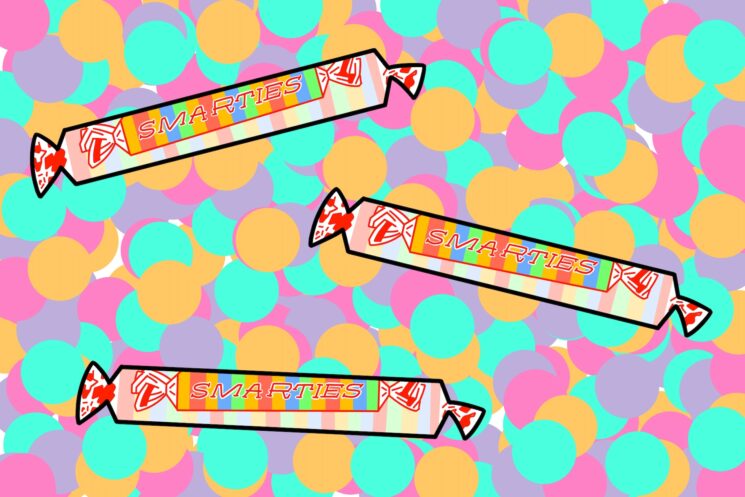
Nationwide, there have been reports of a new, dangerous strain of fentanyl known as “rainbow fentanyl.” Particularly in California, from San Joaquin County to Sacramento to Los Angeles, authorities have seized over tens of thousands of these rainbow fentanyl pills. Found in all different shapes and sizes, the drug is most commonly disguised as candies or pills, making younger children a target. The difference between fentanyl pills and this new, disguised tablet is virtually undecipherable. This renders the issue more urgent as of right now, especially as Halloween is around the corner and “Trick or Treating” can make young people more susceptible to this drug.
This is because, according to the DEA, the flamboyant rainbow colors of the drug have the potential to cause children to mistake for candy. For younger individuals, “just two milligrams of fentanyl, which is equal to 10-15 grains of table salt, is considered a lethal dose.”
There are several steps that can be taken in order to ensure safety amidst the rainbow fentanyl epidemic during this Halloween. Even after Trick or Treating, it is important to verify the composition of the candy that is collected. This is especially true since rainbow fentanyl is fentanyl that purposefully resembles candy.
“We have been taught since I was a kid to always dump and check all the candy we receive,” Fountain Valley High School Nurse Marci Mclean-Crawford said. “Never eat anything that is not in a sealed wrapper and double-check that the wrapper is a legitimate item.”
While the size of the pill may be small, its destructive capabilities cannot be overstated.
According to a statement released by the CDC, the drug is “roughly 50 times stronger than heroin and about 100 times more powerful than morphine.” This makes it exceedingly dangerous, even if ingested in a relatively small quantity. Even one pill could cause serious health issues and even death.
A DEA statement on the drug said that Fentanyl use often corresponds with feelings of “relaxation, euphoria, sedation, confusion, dizziness, nausea and vomiting, urinary retention, pupillary constriction, and respiratory depression.” Moreover, there are also several outward signs of Fentanyl use that students should be aware of, such as labored breathing, mood swings, social withdrawal, fevers, and fatigue.
Many other narcotics are also often laced with Fentanyl, since this drug is highly potent and less expensive to make compared to other drugs. Because of this chemical potency, it accounts for a majority of drug-related fatalities. Synthetic opioids such as the likes of fentanyl accounted for over 82% percent of opioid-related fatalities, according to another advisory by the CDC.
However, there are several ways contact with the drug can be prevented.
“Aside from the fact that you or someone you are offering food or medication to could have a deadly allergy that you are unaware of, there could now be a fatal drug laced into whatever you are offering/being offered,” Nurse Mclean-Crawford stated. She advises against taking food or medication from others.
In the unfortunate event of complications related to this drug on campus, the district has response measures available.
“All school sites have Narcan on campus and trained staff to administer it,” Nurse Mclean-Crawford said. “Narcan is the opioid antagonist that will revive someone experiencing an opioid overdose. Our hope is that this will save more lives.”
In order to offset further addiction risk, many pharmacies are also giving prescriptions of Narcan alongside pain medications that could be seen as addictive. Many police officers also carry Narcan in the event of an overdose.
If any contact is made with the drug, it is advised to inform the authorities and call 911.





